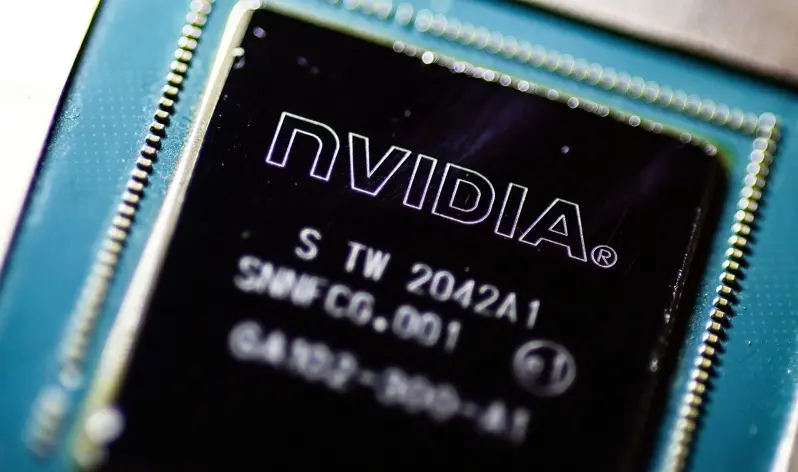
U.S. Eyes AI Chip Tracking to Thwart China's Access to Nvidia Technology
As tensions rise over artificial intelligence supremacy, the U.S. government is exploring new methods to track the global movement of AI chips—particularly those developed by industry leader Nvidia—to prevent their illicit flow into China, where they could be weaponized for surveillance, cyberwarfare, and military purposes.
Michael Kratsios, director of the White House Office of Science and Technology Policy and a key architect of President Trump’s recently announced AI strategy, confirmed in a Bloomberg interview that Washington is working closely with tech companies to develop hardware and software-level safeguards to monitor the final destination of AI chips. This includes potential tamper-proof tracking mechanisms embedded in the chips themselves.
Nvidia’s high-performance chips like the H100 and H20 power everything from autonomous weapons to large language models. Despite existing export restrictions, U.S. intelligence and defense agencies have raised alarms that these chips are still reaching Chinese entities through gray market resales, third-party distributors, and shell companies—effectively undermining American national security and economic interests.
The White House now seeks to prevent such leakage by developing real-time tracking technologies, a move that reflects growing bipartisan consensus: AI is the new battlefield, and semiconductors are the ammunition.
Recent reports indicate that Beijing summoned Nvidia representatives to question the U.S. initiative and raised security concerns about the H20 chip, implying that American technology could pose risks inside China. Nvidia, in response, has reiterated that its chips contain no “backdoors.”
However, U.S. officials see China’s objections not as genuine security concerns, but as part of a broader disinformation and obstruction campaign aimed at delaying or diluting export controls. Kratsios emphasized that chip-tracking is an essential component of the administration’s AI security plan and warned of the risk of strategic leakage if such safeguards aren’t implemented.
Ironically, the push for tighter controls comes just after the U.S. eased certain restrictions on Nvidia’s H20 chips in exchange for China agreeing to resume rare earth magnet exports—critical for U.S. military and renewable energy sectors. This underscores the high-stakes, tit-for-tat nature of U.S.-China tech negotiations.
But Kratsios made clear that long-term American strategy must center on protecting proprietary technologies. Speaking from the APEC Digital Ministers’ Meeting in Incheon, South Korea, he noted that while he hasn't spoken directly to Nvidia or AMD yet about chip tracking, the government is committed to implementing solutions in collaboration with the private sector.
This is not just about trade—it’s about control of the future of AI. China’s track record of state-backed tech theft, cyberespionage, and civil-military fusion means any high-end U.S. chip that lands in Beijing could be rapidly weaponized or reverse-engineered. From mass surveillance of dissidents to AI-enabled autonomous combat systems, the dangers of U.S.-made chips empowering China’s authoritarian regime are both real and urgent.
The challenge lies in outpacing a rival that is determined, well-funded, and aggressively pursuing technological dominance.
AI chips are not just products—they are national security assets. Without robust safeguards, American innovation could inadvertently power the rise of an adversary bent on reshaping the world order.
Now is the time for U.S. companies and policymakers to act in unison—not just to protect trade secrets, but to safeguard the principles of democracy, privacy, and global stability in an AI-driven future.